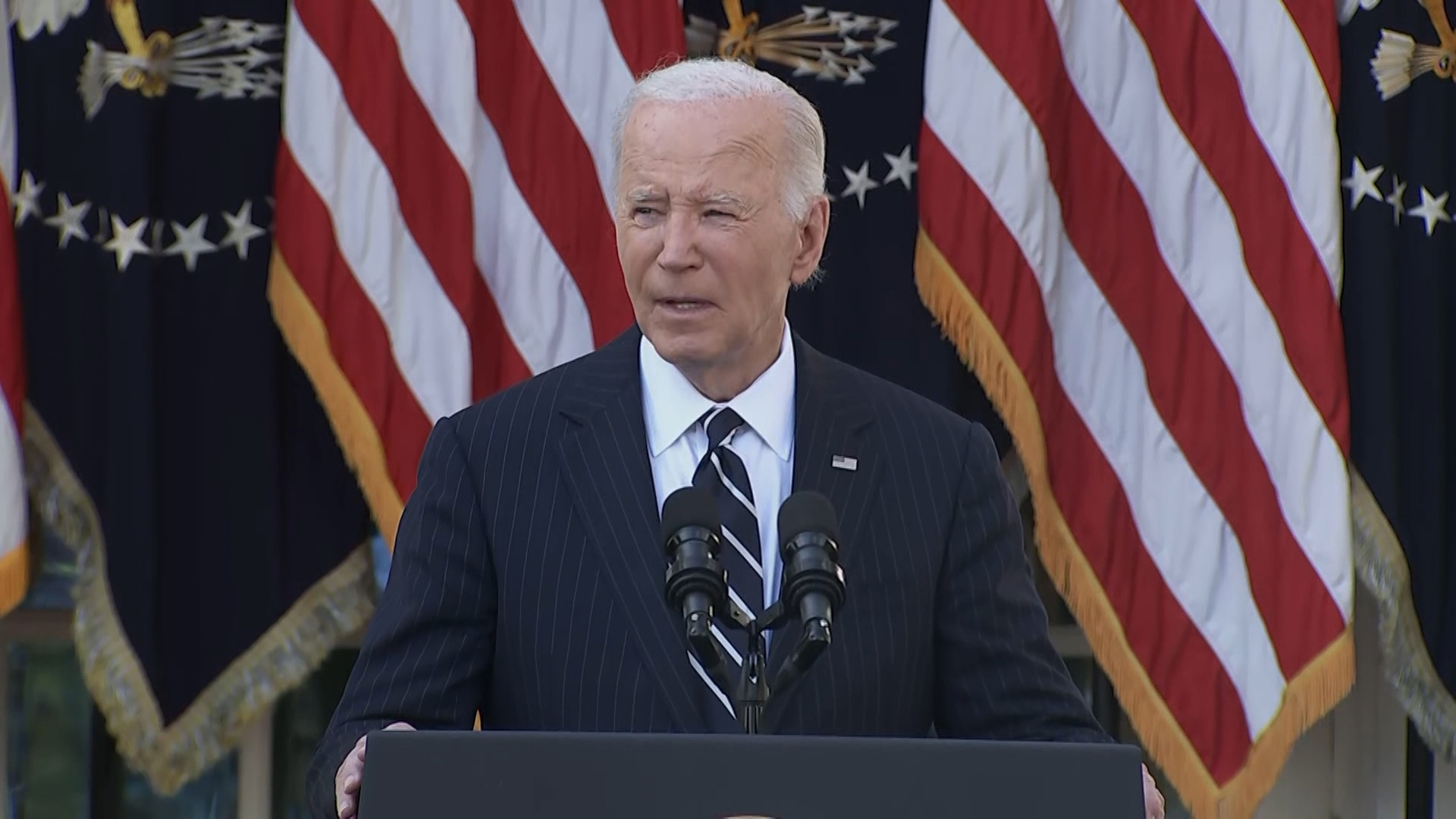It’s crunch time for college applications, and hopeful high school seniors are working hard to impress admissions committees to land a spot at the school of their choice.
But what if that committee wasn’t actually a committee of people. What if, instead, you had to impress a robot – or win over an artificial intelligence-driven algorithm?
You did everything you could to package your application to highlight just the right combination of grades, extracurriculars and eye-catching essays the counselor at your high school said the admissions committees at your target schools were looking for. Was it all a big waste of time?
Relax, the robots aren’t coming for college admissions quite yet. Real people will still be deciding on applicants for quite some time, and in all likelihood will always have the final say on admissions.
Yet, just as artificial intelligence is in the relatively early stages of impacting practically every business, AI will almost certainly assume a bigger role across college campuses, too, and perhaps help university staffers decide whether you ultimately make the cut.
Managing the numbers game
Schools have to play the dicey and expensive numbers game: How many offer letters can they send and still meet the desired size for the incoming class? They know their desired enrollment, then have to figure out how many acceptance letters they have to put, knowing many of their choice applicants have other offer letters to consider. So how does the institution determine who gets those offers?
“You would be naïve to think they’re not using some algorithmic approach today” at some of the biggest schools, says Alex Terry, the CEO of Conversica, which produces “conversational” AI business solutions, including an AI-powered admissions assistant for higher education. “When you have 40,000 or 100,000 applicants to your school, that’s just a large information technology task.”
And actually, AI is well-suited to tackle this very issue. Brian Knotts is chief architect and senior vice president of research at Ellucian, a Reston, Virginia, provider of software and services designed for higher education. He says AI can help the schools “predict the kinds of things that caused that success or failure to matriculate” by grouping data characteristics that show why some students graduate, while others drop out.
Of course, he says, it’s important for any university that is relying at least partly on an algorithmic approach to build systems that avoid bias.
Students and other advisers can "review what these algorithms are doing and then create some core concepts that are going to say, like, ‘a computer will never reject an applicant for admission,’ ‘a computer will help determination with a human your viability of being admitted.’”
Even while proceeding cautiously, university officials across the country are considering ways AI can help them manage the admissions challenges.
While University of Texas at Austin isn’t currently using or planning to use AI in its admissions process, UT-’s executive director of admissions Miguel Wasielewski told USA TODAY in an emailed statement that AI could become a useful tool.
He wrote that, in conjunction with a robust “holistic review,” AI “could have potential to reveal additional perspectives that might inform the admissions review process and ... could support some of our practices around determining, based on a student’s application materials, what student success interventions might be important for timely graduation."
That holistic review, Wasielewski makes clear, is still a “human endeavor,” and it is people, not machines, that will pore through and evaluate an applicant’s written responses to essay and short answer questions, transcripts, test scores and letters of recommendation.
“We’ve definitely been looking at AI as part of our continuing student process and be able to provide them with 24-7 support in a way we cannot always do now,” said Kasey Urquidez, the vice president of enrollment management and dean of undergraduate admissions at the University of Arizona in Tucson.
That said, Urquidez also has no plans to let a machine dismiss an applicant out of hand. “I would never want to have a decision fully made without one of my team members, who are trained and understand what students need to have in order to be successful, to do any final reviews,” she says.
University of Arizona typically gets about 35,000 freshmen applications for about 7,800 openings. And state applicants who have a 3.0 grade point average and have taken the requisite coursework in high school are assured admission to one of three state universities.
For other applicants at Arizona or elsewhere, Urquidez can envision situations where computers might someday surface overlooked or borderline applicants who may have something in their backgrounds to indicate a chance at college success. Maybe a student’s overall GPA comes up a bit short, but those grades have been on an upward trajectory.
“We always talk about being the office of admission, not necessarily the office of denial, so we’re trying to figure out ways that a student could be admissible,” Urquidez says. “And the biggest thing is, are they going to be successful here?”
Achieving that goal of admitting students with the highest chance of success is a sizable undertaking. For a university the size of Tulsa, Oklahoma-based Oral Roberts University with its 4,000 students on campus and nearly 2,500 online, ORU chief information officer Michael Mathews says that can mean, for any school of its size, wading through anywhere from 20,000 to 40,000 applicants.
“How do we take the amount of resources that we have from a human capital perspective and spend the most time on those (applicants) who are a good fit, want to be (here), have the financial capability?” he asks. “That’s where augmented intelligence will help out tremendously. ... I don’t think artificial intelligence is going to spit out all these automatic responses and here’s your list. I see it as a recommendation based on information, but you still have the human ability to validate what it’s telling you.”
It's not immediately obvious how, or even if, the use of AI during the admissions process will alter the way you go about applying to a school – as always, grades, test scores and all the other usual criteria still count most. But AI solutions might eventually help applicants narrow down choices of prospective schools, and – yes, this is sure to raise ethical concerns – maybe even help craft application essays.
Avoiding 'summer melt'
Georgia State University in Atlanta began using an AI chatbot system called Pounce, not to decide which applicants get in, but rather to reduce “student melt,” referring to kids who have been accepted but then never show up for fall enrollment.
More than 70 percent of the students are non-white, and the student body represents one of the largest low-income populations in the country, with most eligible for financial aid.
“The part of the admissions process that was the real obstacle for us and the blockage for the students was the summer between finishing high school and starting college,” says Timothy Renick, the senior vice president for student success and a professor at the school. “Because there were all these bureaucratic things students have to do during the summer: fill out applications for financial aid, register for classes, pick a major, sign up for housing.”
For the summer of 2016, Georgia State built up a knowledge base of more than 2000 text-based answers to questions commonly asked by incoming freshmen, covering everything from completing a federal financial aid form to what do I do if my parents are getting a divorce? The school teamed up with a conversational AI-company called AdmitHub to deliver those answers to students on text-based platforms they could access 24-7 on their smartphones.
In the three months leading up to that fall’s classes, more than 200,000 questions were answered from incoming freshmen alone, with response times of seven seconds, Renick says. And largely because of the Pounce system, the university reduced summer melt that first year by 22 percent and since then by 37 percent.
Renick points out that people are writing the answers to those student questions, because he says the quality of AI answers are not good enough and could even pose legal risks if a student was given wrong information.
What the AI does attempt to do is deliver what are hopefully the correct responses to students, and if it can’t find those answers, route the questions to a human staff person.
Students are made well aware they’re texting with a bot; they too can choose to speak with a live person.
“We had higher usage of the bot at 1 a.m. than we did at 10 a.m. The usual business functions of a university are the exact inverse of the behavioral patterns of your average 17-year-old,” Renick says.
But the school also found that some chatbot participants admitted that they asked questions that they wouldn’t ask a human being, such as when a student had a precarious family situation.
Wasielewski calls for additional research to fully explore a university's options but says "using AI to enhance the human-centered work of making admission decisions may be something we begin to see in the future.”
In the meantime, students and parents can take solace in one of the comments Georgia State's Renick made: “No, robots are not admitting students. Nowhere near that.”
It's already hard enough to get into college.
Email: ebaig@usatoday.com; Follow USA TODAY Personal Tech Columnists @edbaig on Twitter



